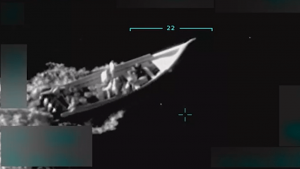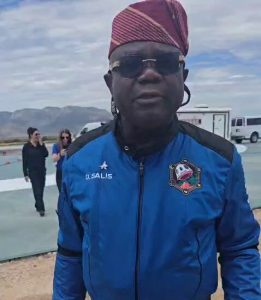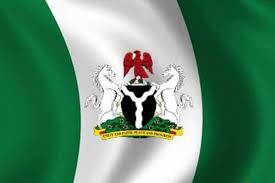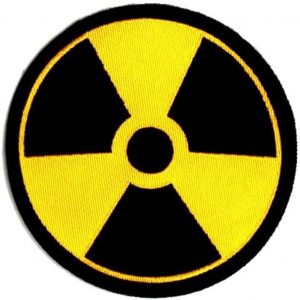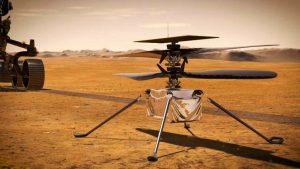The National Space Research and Development Agency, NASRDA, Nigeria’s space agency, says it has approval to launch four new satellites.
The Director-General, Dr Matthew Adepoju, says President Bola Tinubu has given approval for the building and launch of four satellites – three optical satellites and one Synthetic Aperture Radar, SAR, satellite.
He was speaking at the 8th Brigadier Michael Agu Annual Distinguished Lecture and Awards on 19 October, 2024, in Abuja.
The event marked 21 years after the launch of Nigeria’s first satellite, NigeriaSat-1, a 64kg Earth observation micro-satellite.
Nigeria’s former President Olusegun Obasanjo, under whose tenure NigeriaSat-1 was launched, said the initial plan was to have a series of satellites built and launched locally after the nation’s second satellite.
Obasanjo lamented that the plan was not implemented.
NASRDA did not give details of the cost of the four satellites or how much the government is offering it.
Industry observers say money may be a problem even with NASRDA inviting the private sector to invest in Nigerian space ecosystem.
Nigeria has launched seven satellites, three of which are owned by NASRDA, and they have all gone past their design lives.
NigerisSat-1 was launched on 27 September, 2003, at a total cost of $13 million. In 2014, six years after its design life, it was de-commissioned by NASRDA engineers and burnt up in a controlled re-entry into the Earth’s atmosphere.
On May 13, 2007, NigComsat-1, Nigeria’s first communication satellite, owned by a private company, NigComSat Ltd, was launched at a total cost of $300 million.
It was built and launched by China, but de-orbited on November 11, 2008.
The Chinese replaced it at no cost with NigComsat-1R on December 11, 2011.
On 17 August, 2011, NigeriaSat-2 and NigeriaSat-X, Earth observation satellites, were co-lauched. The total cost was $48.4 million.
They both have a design life of seven years. There was great excitement as NASRDA engineers used the facilities in Surrey Satellite Technology Ltd, SSTL, UK, to build NigeriaSat-X.
The two satellites were co-lauched in Russia like NigeriaSat-1.
Both NigeriaSat-1 and NigeriaSat-2 were built by SSTL.
EduSat-1, an experimental satellite, was launched on 3 June, 2012, at a total cost of $500,000. It was built locally at Federal University of Technology, Akure, and launched by NASA as a secondary payload.
It de-orbited on 13 May, 2019.
The Defence Space Administration also has a military satellite. Not much is known about it, except that it is a small Earth observation satellite launched in China.
The design life of NASRDA’s newest satellites, NigeriaSat-X and NigeriaSat-2, ended in 2018.
NigComSat Ltd has advertised for bids to replace NigComsat-1R which design life ends in 2025.
NASRDA had planned to build and launch a satellite from home in 2025, but says it is postponing that due to financial constraints.
As of today, no African country has, or ever had, satellite launch capability. It is easier to build a small satellite than to launch one.
Even by scaling down and not attempting a home launch, it will be interesting to see how NASRDA gets over this hurdle of financing the building of four new much-needed satellites and then launching them abroad.

